While the likelihood of bird strikes at an airport are slim, there’s no denying the fact that they can and do happen. Those who are tasked with reducing the presence of birds and other wildlife on and near runways know that the job itself is seemingly never-ending, and that fresh challenges can arise at any moment in time. Put simply, this isn’t a job in which you can ever afford to become complacent or blasé about the need to be vigilant and reactive.
Here at Scarecrow, we have specialised in top-quality bird dispersal equipment for many years. And just like the people we work alongside, we never switch off. We’re continually looking to improve our products and our processes, and we’re always open to technological innovations that come along. And at the moment, as in so many other industry sectors, that can lead us into the intriguing world of artificial intelligence.
Despite seeming to be the new kid on the block technology-wise, AI has been around in some form since the 1950s. In recent years, however, concepts such as machine learning, chatbots and self-driving vehicles have become reality, and in the years to come the influence of AI is likely to be found in all industries. It’s going to be interesting to see how much of an effect AI will have on the products that Scarecrow brings to the market.
High-tech equipment getting ever more modern
Our highly impressive – and highly popular – B.I.R.D. Tab, for example, currently uses state of the art technology to log monitor wildlife movements in airside locations, and will also analyse and report the data that it creates. Currently, B.I.R.D. Tab relies on human eyesight to see and identify birds, for example, but at some point in the not-too-distant future equipment like this may utilise image recognition software to ascertain avian species, perhaps from a much greater distance away, too.
This can be particularly good news for those currently working in this sphere. Identifying birds from a short distance away can be easy, especially when the weather conditions offer plenty of light and clear visibility. Artificial intelligence can help to identify all bird species far more accurately, though, giving the equipment user a chance to differentiate between a common blackbird and a red-winged blackbird, for example, from significant distances that are beyond the capability of the human eye.
Experiments have taken place in China with high-energy laser beams to see if these can be used to encourage birds to leave the restricted area. And while these beams are painful to the birds, they are also non-lethal. While this concept may sound like a viable one, it’s worth pointing out it has also come in for some strong criticism. One part of which is that birds will soon learn to adapt to the situation and will find a way to get around it.
Passenger and crew safety HAS to be the top priority
But there’s a more pressing concern about the use of laser beams in an airside environment, and it’s one that may not be avoidable. Pilot safety is of the utmost importance, of course, and as has been the case on many occasions in the past, lasers have led to temporary blindness in those charged with landing the plane safely. At best this can lead to a degree of disorientation, but at worst it can result in permanent eye injuries.
Another important factor to consider is that some bird species enjoy a protected status in various parts of the world, and as such shouldn’t be exposed to laser beams. Bird protection legislation can vary from country to country and from species to species, so it’s a complicated issue. It’s even more complex with migratory birds, which will of course often need suitable laws that cover a number of different nations.
The Scarecrow team is constantly looking for new technology to enable us to consider product improvements, and of course we realise that bird dispersal techniques are never likely to be standing still. To find out more about the very latest products, all you have to do is contact the experts. Just call 01825 766 363 today. We look forward to hearing from you.


